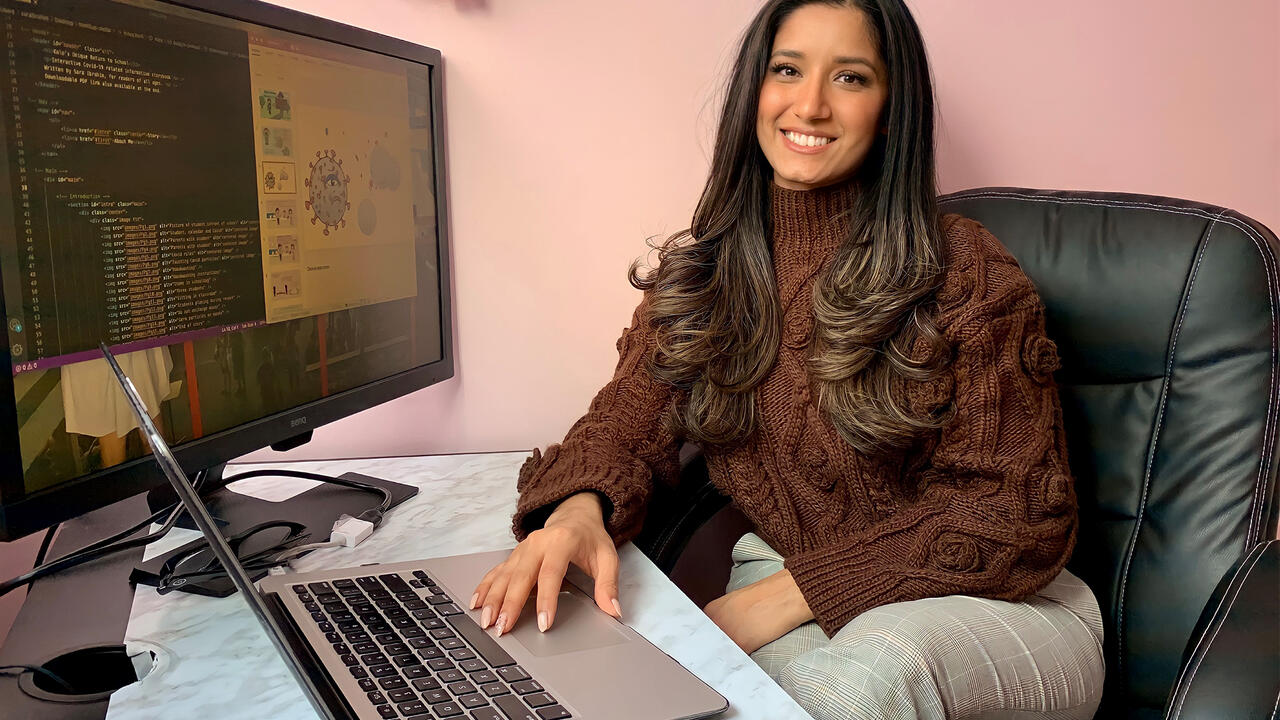
A story for children navigating the guidelines of COVID-19 and back to school
Undergraduate Science student finds a way to address children's back to school anxiety during the pandemic

Undergraduate Science student finds a way to address children's back to school anxiety during the pandemic
By Elizabeth Kleisath Faculty of ScienceWhen Sara Ibrahim was at home over the summer of 2020, she recognized that her younger siblings and many of their friends were anxious and confused about going back to school, especially as the guidelines were changing often.
As a fourth-year biomedical sciences student, Ibrahim realized that she had the skills and knowledge to alleviate some of their stress about what school might be like during the COIVD-19 pandemic.
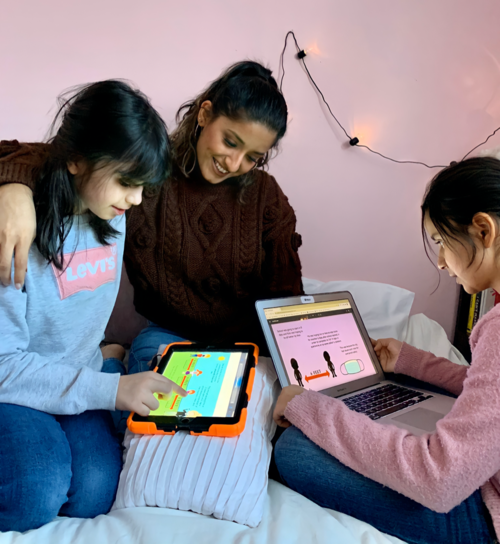 “It was then that I decided to write a short, illustrated story book and activities at the end of the book, to have the readers engaged and also informed on the rules of physical distancing and staying sanitized,” Ibrahim says. “I decided to write a story book in hopes of helping the children in my community. I wanted to communicate a little about the virus in a kid-friendly way for the younger generations, so that they can learn and have their questions answered.”
“It was then that I decided to write a short, illustrated story book and activities at the end of the book, to have the readers engaged and also informed on the rules of physical distancing and staying sanitized,” Ibrahim says. “I decided to write a story book in hopes of helping the children in my community. I wanted to communicate a little about the virus in a kid-friendly way for the younger generations, so that they can learn and have their questions answered.”
Ibrahim’s goal is to someday become a medical doctor. She has always wanted to help others and contribute positively to her community, and hopes that her chosen career path will let her make a difference for others. In the meantime, during the pandemic, she realized that she had the ability to make a difference, even while still a student, by writing this book.
“I wrote the book in a way so it is not age restricted and people of all ages can read and solve the puzzles,” Ibrahim says. “I’m hoping this book is a source of information to be used by children, parents and teachers, while also reaching audiences like siblings, aunts and uncles, who can read and discuss the book with children will have a greater impact.”
The story itself, titled Kolo’s Unique Return to School, follows the main character Kolo as he learns from his parents about the changes that are happening at his school, and then through his first day back, when he adjusts to the new safety requirements, but still finds ways to have fun with his friends. The book outlines guidelines and safety practices in a way that is understandable for children and includes activities at the end to solidify the safety practices described.
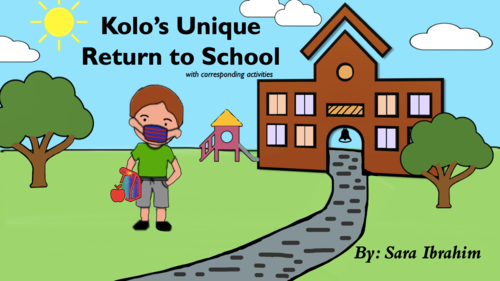 In order to ensure that the information included in the book was accurate and did not unintentionally spread misinformation, Ibrahim worked alongside Professor Heidi Engelhardt from the Department of Biology, and used the resources provided by the Centre for Disease Control and Prevention and the Government of Canada.
In order to ensure that the information included in the book was accurate and did not unintentionally spread misinformation, Ibrahim worked alongside Professor Heidi Engelhardt from the Department of Biology, and used the resources provided by the Centre for Disease Control and Prevention and the Government of Canada.
“Sara was in one of my winter 2020 courses. I feel particularly close to that cohort since we all ‘pivoted’ to online together,” Engelhardt says. “When she emailed me in July, pitching her idea about this book, I was really excited about it and impressed that she had the energy to take it on. My role was minimal — looking at a few drafts, and getting her tapped into the local writing community, beginning with a connection I had through the Science Communication courses. The outcome, Kolo, is all Sara’s vision.”
When she first started this project, Ibrahim thought that writing and illustrating the book would be the hardest part. In the time since the story was written, however, she has faced many challenges. First, her illustrative partner backed out part way through, leaving much of the illustration work to Ibrahim. Then, her publication plans got derailed due to access and resources for self-publishing a printed book, so she settled on an online version. This approach had its own challenges though, as she had to teach herself to code in order to share the book.
“The feeling of finally having this book out is so wonderful,” Ibrahim says. “I hope that children can read the book and be better prepared, or have had a reminder on some of the safety precautions before going back to school now that schools are opening up again.”
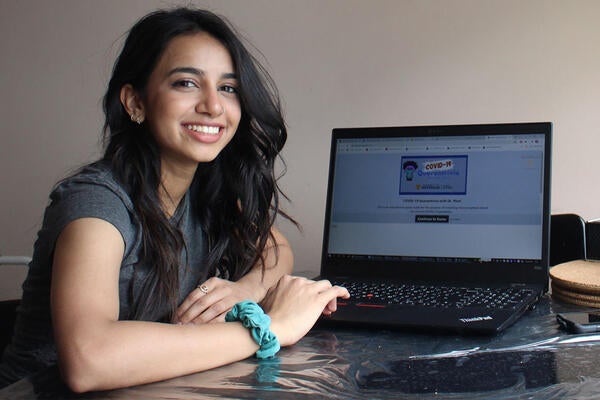
Read more
Undergraduate Science student develops game to fight COVID-19 misinformation
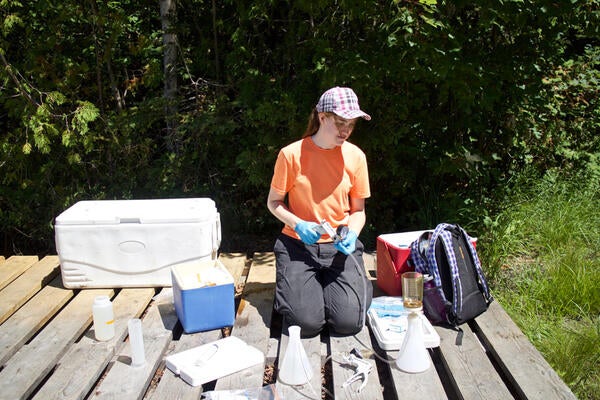
Read more
Ellen Cameron studies cyanobacteria communities in the low-nutrient, clear lakes of Northern Ontario
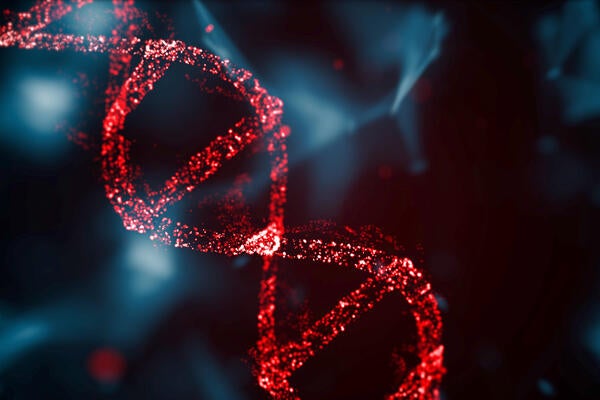
Read more
A driving need for continuous improvement and a passion for science leads Yvonne Stevens (BSc ’94, MSc ’98) one step closer to finding an effective treatment for solid cancerous tumors
The University of Waterloo acknowledges that much of our work takes place on the traditional territory of the Neutral, Anishinaabeg, and Haudenosaunee peoples. Our main campus is situated on the Haldimand Tract, the land granted to the Six Nations that includes six miles on each side of the Grand River. Our active work toward reconciliation takes place across our campuses through research, learning, teaching, and community building, and is co-ordinated within the Office of Indigenous Relations.